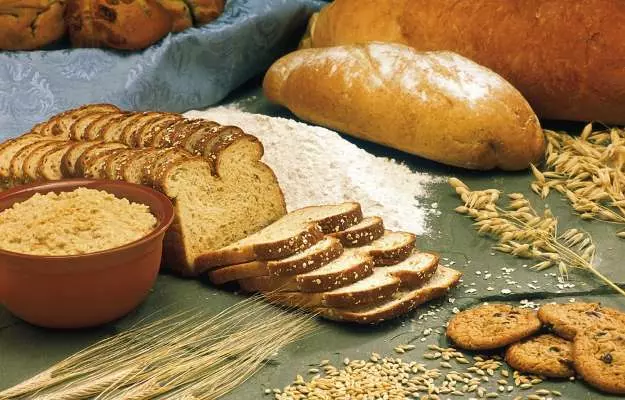With the market being bombarded with a variety of options for your nutritional requirements, it can become extremely difficult to make the right choice. Even something as basic as bread now comes in a plethora of variants – from honey oatmeal to multigrain bread.
People only want what’s best for them and their families. The eternal question is: what is better? Is there a nutritional difference among the variants? And the biggest one of them all: what to put in your grocery bag - whole wheat or multigrain bread?












